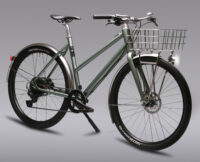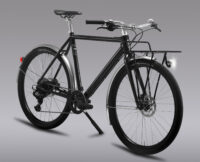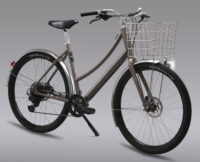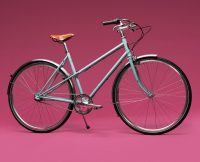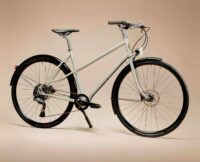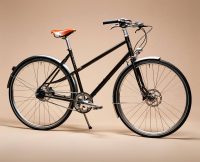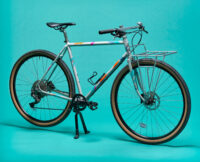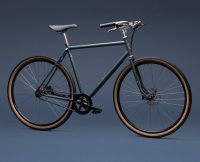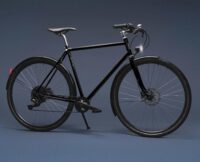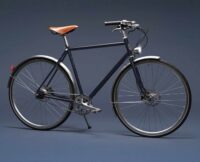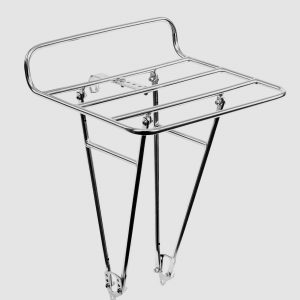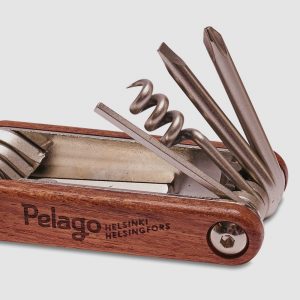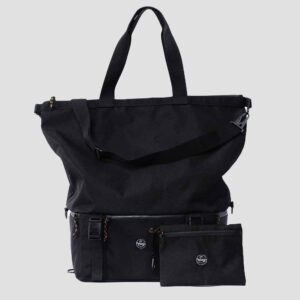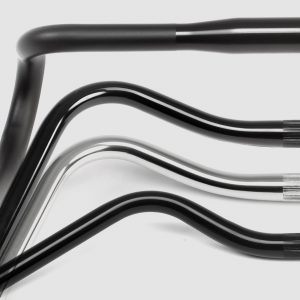Click here for the same article in Finnish
Whether you’ve been riding through the winter months or are just about to wake your bike up from it’s hibernation, now is a great time to give it a quick mechanical run-through. These small checks only take a couple of minutes of your time and don’t require any tools or expertise.
By going through this list you can save yourself and your wallet from many headaches in the long run.
We recommend bringing your bike in for a service at least once a season even if there’s nothing apparently wrong with it. A well serviced bicycle is a lot nicer, quieter and most importantly much safer to ride.
Pelago Service on Kalevankatu 32 in Helsinki specializes in keeping Pelago Bicycles on the road with years of experience. We also service bicycles from any other manufacturer. No need for a reservation, just bring your bike in and let us take care of the rest!
1. Look for any weird rattles or noises
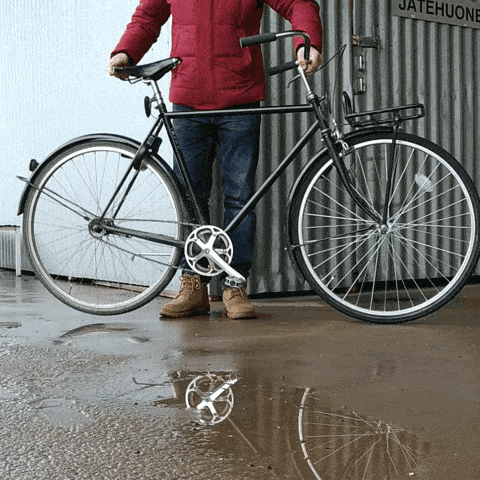
A well maintained bike should not sound like a tin can half full of marbles while riding down the road. Bump your bike around a little and look for any unpleasant rattles that might indicate a loose screw or two. Try to locate the source of the possible rattles and make sure the bike is safe to ride.
2. Check your brakes
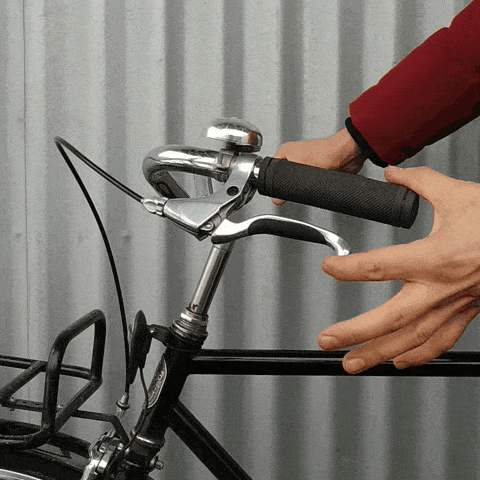
Brakes make your bike stop so they better be in good nick. Squeeze the brake levers and make sure you have some stopping power by trying to push the bike forward. The brakes should have a nice and smooth action to them, but also have a clear biting point when squeezed. If your brakes feel soft or the lever depresses all the way to the handlebar as shown here, it’s time for a service
Also check the state of your brake pads while you’re at it. They should have adequate amount of surface left on them and they shouldn’t rub the brake rotor or rim when the brake is not applied. The brake pads wear out with normal use of the bike and are easily replaced in the service.
3. Check your tires

Keeping your tires in good shape and inflated is the easiest way to avoid annoying punctures. Tires can deflate by their own if the bike is stored for a long period of time. This is perfectly normal and doesn’t necessarily mean there’s anything wrong with them. Inflate your tires if needed and check on them after a few days to check for any leaks.
On top of being tiresome, riding with under-inflated tires may permanently damage your tires and rims. Also keep an eye out for any cracks or excessive wear on the tires. The recommended tire pressures can be found printed on the side of most tires.
4. Watch out for wobbly wheels or loose spokes
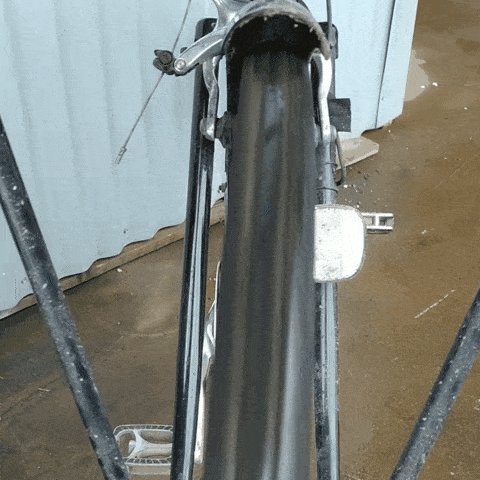
If your bike spent its winter in a shared, cluttered storage room, there’s a chance it may have been banged around by other people moving their stuff. Check the wheels by holding your bike in the air and giving both wheels a good spin.
A properly trued wheel should be free of any wobbles and sit centred in the frame & fork. Look for any loose spokes by squeezing them lightly together by your hand. All spokes should be tensioned evenly and there shouldn’t be any rogue loose ones.
If you spot any wobbles or loose spokes in your wheels, it’s better to take care of them sooner rather than later. Truing the wheels is a job best left for a professional mechanic so take your bike in for a service.
5. Loose chain is a pain
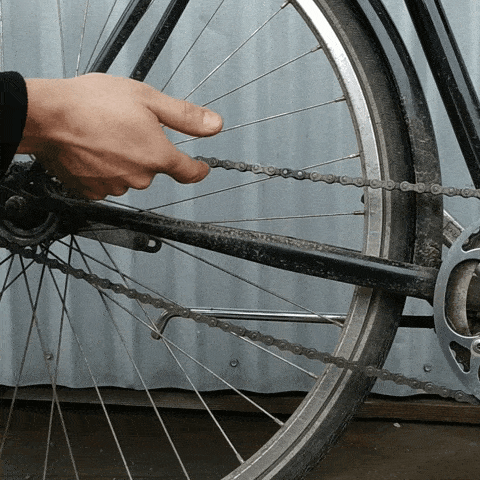
Check the tension and the overall state of your chain and drivetrain. All the power you put into pedalling your bike forward goes through the chain. Therefore any problems there will have negative impact on the comfort and safety of your bike.
Lift the chain with your finger to check its tension. Correctly tensioned chain doesn’t need to be extremely tight but it shouldn’t flop around as shown in the clip. With a correctly maintained drivetrain you can spare yourself from the inconvenience of a derailed chain.
Also make sure that your chain is well lubed and free of rust and excessive dirt. A perfectly usable drivetrain doesn’t need to be spotlessly clean but it also shouldn’t be caked in grime.
6. Test every gear
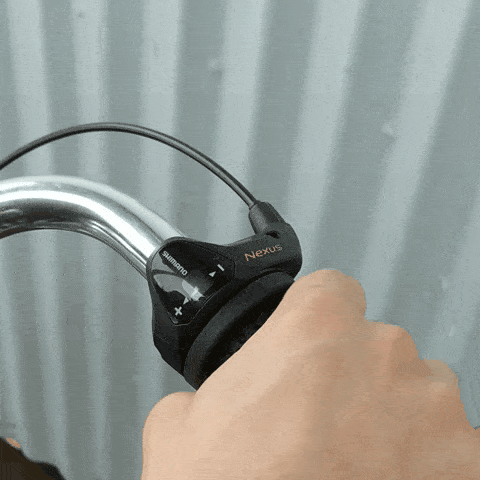
If your bike is equipped with gears, it’s worth making sure that every one of them works as intended. Take a little test ride and shift through each of them individually, paying close attention to any troubles or roughness while doing so.
Riding with incorrectly adjusted gears will cause excessive wear and damage to your bike. We recommend leaving these adjustments to professionals so if there’s any problems with your gears, it’s time to bring the bike in for an annual service.


